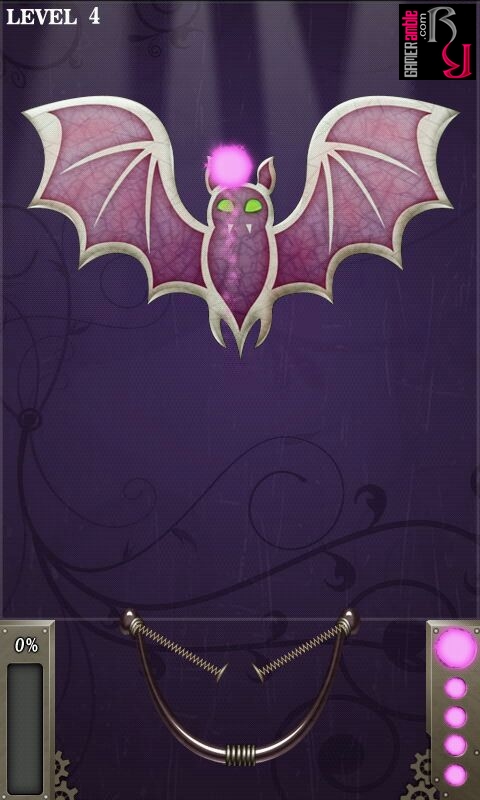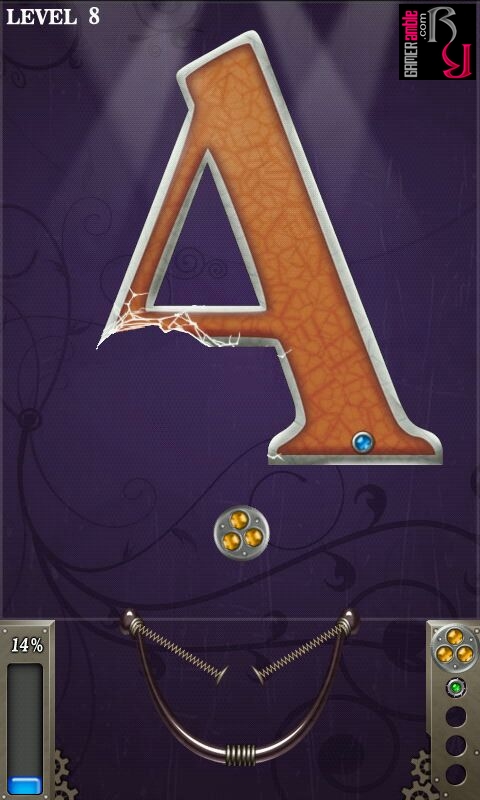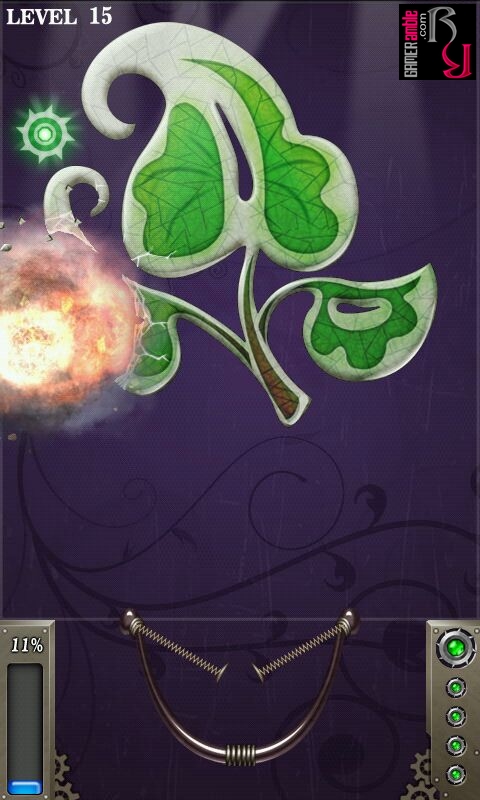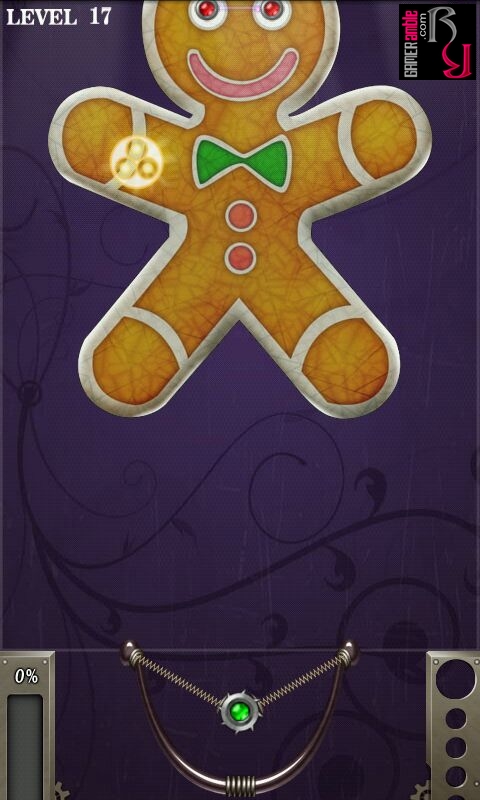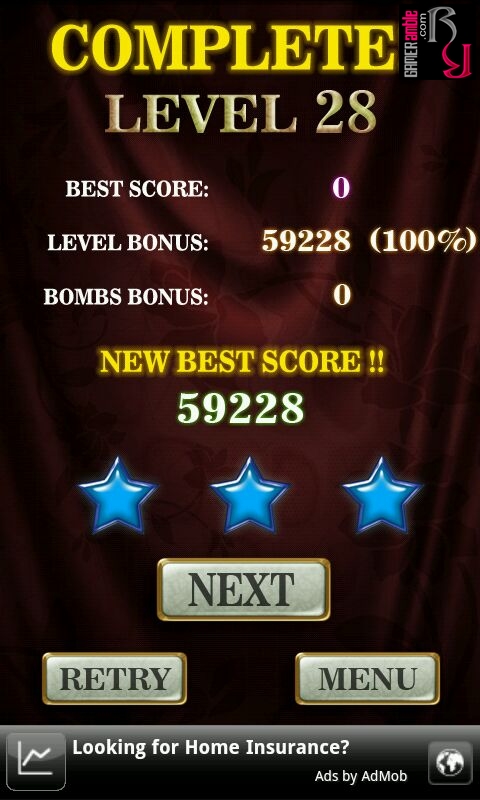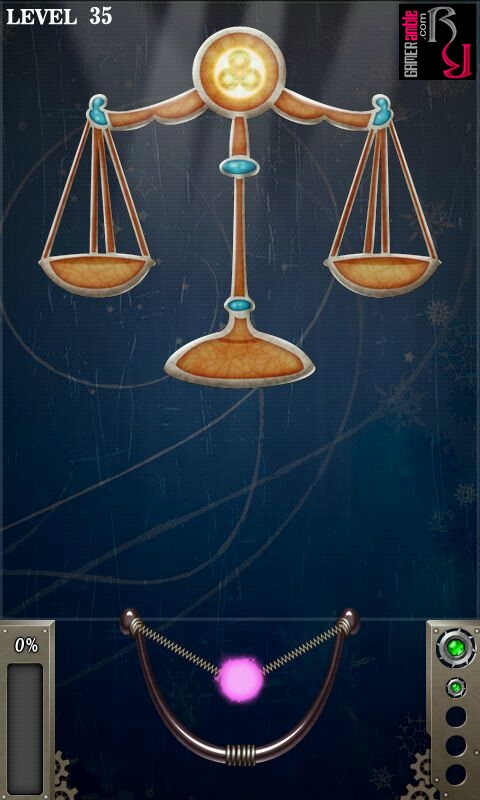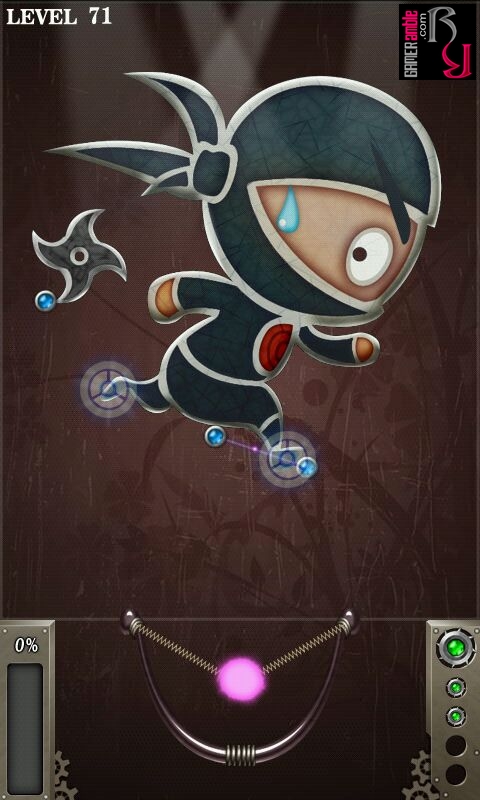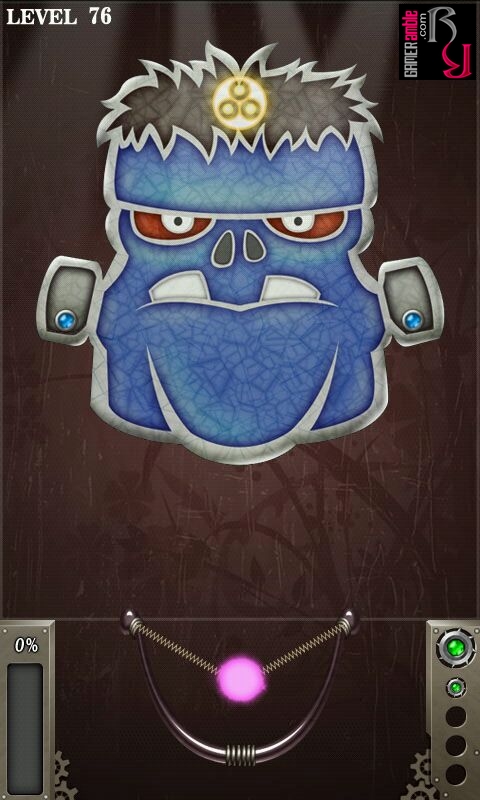Ceramic Destroyer
Developer: Runner Games | Publisher: Runner Games | Release Date: 2015 | Genre: Arcade / Puzzle | Website: N/A| Purchase: Google Play | Size: 13 MB | Requires: 2.3 and up | Version: 1.2 | Price: Free
Any game that requires the player the launch something at something else is inevitably going to be compared to the smash hit, Angry Birds. Ceramic Destroyer, despite sharing some similarities with the Rovio classic, actually has more in common with classics like Puzzle Bobble. One thing that is undeniable however is that this game is extremely addictive.
The name of the game, Ceramic Destroyer, tells you everything you need to know really. At the top of the screen is some type of ceramic object while at the bottom you have a catapult that can launch a limited selection of bombs. No prizes for guessing what comes next. However, the game is pretty stringent with its requirements and you have to destroy at least 90% of whatever object is onscreen to get a single star. For two stars, 95% is the minimum and for three stars, nothing less than 100% is acceptable. The more stars you have the quicker you can unlock newer levels, but you will soon find that you need to go back and perfect those levels that you only breezed through with one star if you plan on seeing later levels. Getting one or even two stars on a level is not too hard, but my attempts at three stars were frequently thwarted by the existence of microscopic pixels left on the stage after I ran out of bombs which meant the counter remained on 99%. This can be a bit frustrating of course, but never stopped me from trying again and again.
Although you only have control over the angle and intensity when launching your bombs there is some strategy involved. While you start out with a limited selection of bombs, new ones sometimes appear during the course of a level. There are four different bomb types in total and each has their own unique uses. The green ones are your normal bombs that explode on contact or when they come to a stop. Blue bombs can be tapped after launch to split them into three smaller bombs that stick to the surface of the object. If they land close enough to each other they will be connected by a wire which means if one blows up it will cause a chain reaction.
Yellow bombs can be tapped three times after launch to break up into up to three smaller bombs. Like the blue bombs, these can also connect to each other (and any other smaller bombs already on the board) but comes with an explosive trigger that will detonate after it has come to a stop. This makes yellow bombs perfect for setting up explosions. Since yellow bombs can travel through the object you have to blow up it is also perfect for reaching new bombs that might have spawned out of reach of your other bombs. Finally, there are purple bombs, which can be guided with your finger after launch. These bombs can also travel through the object in order to detonate in those hard to reach spots.
Initially you will just find yourself flinging bombs in all directions and trying to reach that 90% destruction rate at least, but after a while you will notice that some strategic planning and carefully calculated launches will get you a lot further. This is what makes Ceramic Destroyer more of a puzzle game than an arcade title. The visuals are rather nice and while basic still look very polished. There is a variety of shapes to break and some of them look really neat. While this is a free game, there are no micro payments to hamper your fun and the adverts that are displayed never become a nuisance. Most of the time I barely even noticed them to be honest. The audio is also very calm and soothing so it never becomes annoying. Sound effects are good, with some nice explosions and a female voice congratulating you if you do well.
Ceramic Destroyer is one of those games that would be worth playing even if it was not free. The only fault I could find is achieving 100% on a level is much harder than it should be thanks to the stray pixels counting against you. Other than that, this is a great game that should keep players hooked for a long time.
*Review originally published in 2012.


